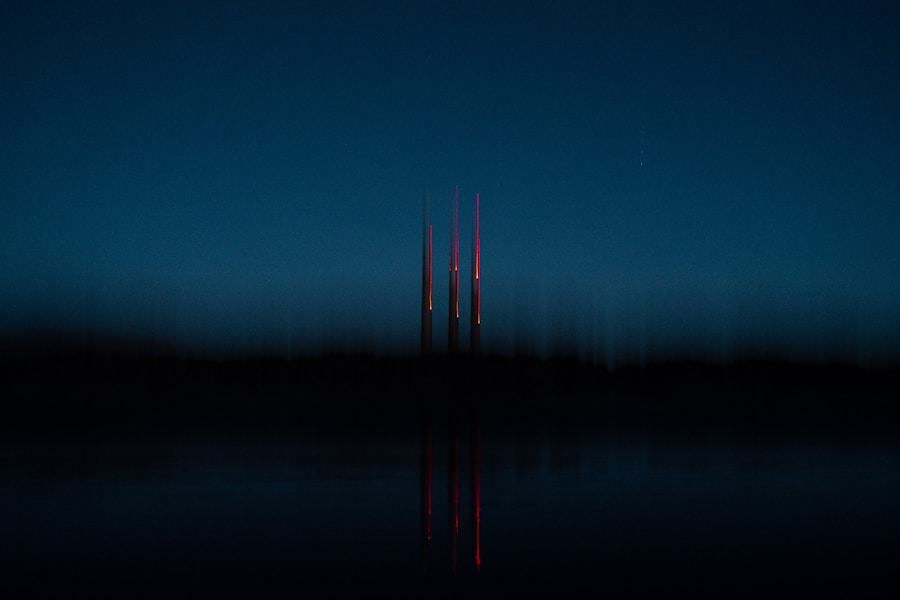Mastering Digital Art Shading: Tips and Techniques for Stunning Results
Shading is a fundamental aspect of digital art that adds depth, dimension, and realism to an artwork. It involves the use of light and shadow to create the illusion of form and volume. Understanding the basics of shading is crucial for digital artists to effectively convey the three-dimensional nature of their subjects. There are various shading techniques that artists can use, such as hatching, cross-hatching, stippling, and blending. Each technique has its own unique characteristics and can be used to achieve different effects in digital art. Additionally, artists must consider the direction and intensity of light sources when shading, as this can greatly impact the overall look and feel of the artwork. By mastering the basics of shading, digital artists can elevate their work to new levels of realism and visual appeal.
In digital art, shading can be achieved using a variety of tools and software. Artists have the option to use digital drawing tablets, styluses, and software programs that are specifically designed for creating and manipulating digital art. These tools offer a wide range of features and capabilities that make shading in digital art more intuitive and efficient. Additionally, artists can take advantage of digital brushes, layers, and blending modes to achieve different shading effects. Choosing the right tools and software for shading is essential for digital artists to effectively bring their artistic vision to life. With the right tools at their disposal, artists can explore new techniques and push the boundaries of what is possible in digital art shading.
Choosing the Right Tools and Software for Shading
When it comes to shading in digital art, choosing the right tools and software is crucial for achieving stunning results. Digital drawing tablets are a popular choice among digital artists, as they offer a natural drawing experience and precise control over shading techniques. These tablets often come with pressure-sensitive styluses that allow artists to vary the intensity of their strokes, resulting in more realistic shading effects. Additionally, there are numerous software programs available that are specifically designed for digital art creation, such as Adobe Photoshop, Corel Painter, and Procreate. These programs offer a wide range of features and tools that make shading in digital art more intuitive and efficient. Artists can take advantage of digital brushes, layers, and blending modes to achieve different shading effects and experiment with various techniques.
In addition to digital drawing tablets and software programs, there are also specialized tools and plugins that can enhance the shading process in digital art. For example, there are brush packs and texture overlays that can be used to add depth and realism to digital artwork. These tools offer a wide range of textures and effects that can be applied to create realistic shading in digital art. Furthermore, there are plugins available for certain software programs that can streamline the shading process and offer additional features for artists to explore. By choosing the right tools and software for shading, digital artists can unlock new creative possibilities and elevate their artwork to new levels of visual appeal.
Mastering Light and Shadow in Digital Art
Mastering light and shadow is essential for creating realistic shading in digital art. Understanding how light interacts with objects and surfaces is crucial for conveying depth, form, and volume in artwork. Artists must consider the direction, intensity, and color of light sources when shading in digital art, as these factors greatly impact the overall look and feel of the artwork. By mastering light and shadow, digital artists can effectively convey the three-dimensional nature of their subjects and create a sense of realism in their artwork. Additionally, artists can experiment with different lighting scenarios to achieve various moods and atmospheres in their artwork. Whether it’s natural sunlight, artificial lighting, or dramatic shadows, mastering light and shadow is key to creating compelling and visually striking digital art.
In digital art, artists have the ability to manipulate light and shadow in ways that may not be possible in traditional art mediums. With the use of layers, blending modes, and digital brushes, artists can create complex lighting effects and achieve realistic shading in their artwork. Furthermore, digital artists can take advantage of tools such as gradient maps, adjustment layers, and filters to enhance the lighting and shading in their artwork. By mastering these digital techniques, artists can push the boundaries of what is possible in shading and create artwork that is visually captivating and immersive. Mastering light and shadow in digital art is a skill that requires practice and experimentation, but it is essential for creating artwork that truly stands out.
Creating Realistic Textures through Shading Techniques
Shading techniques play a crucial role in creating realistic textures in digital art. By effectively using light and shadow, artists can convey the tactile qualities of different surfaces and materials in their artwork. Whether it’s the rough texture of a stone wall, the softness of a fabric, or the reflective surface of metal, shading techniques can bring these textures to life in digital art. Artists can use various shading techniques such as hatching, cross-hatching, stippling, and blending to achieve different textures in their artwork. Each technique offers its own unique characteristics that can be used to convey different textures and add depth to the artwork. Additionally, artists can experiment with different brush types, opacity settings, and blending modes to create custom textures that suit their artistic vision.
In addition to shading techniques, artists can also utilize texture overlays and brushes to enhance the realism of textures in their artwork. Texture overlays are images or patterns that can be applied to artwork to add depth and detail to surfaces. These overlays can be used to create realistic textures such as wood grain, stone patterns, or fabric weaves. Furthermore, there are specialized brushes available that are designed to mimic the textures of various surfaces. These brushes offer a wide range of options for artists to create custom textures in their artwork. By combining shading techniques with texture overlays and brushes, artists can create artwork that is rich in detail and visually engaging.
Utilizing Color Theory for Effective Shading
Color theory plays a significant role in effective shading in digital art. Understanding how colors interact with light and shadow is crucial for creating realistic shading effects in artwork. Artists must consider factors such as hue, value, saturation, and temperature when applying color to their shading techniques. By effectively utilizing color theory, artists can create artwork that is visually dynamic and rich in depth. For example, warm colors tend to advance towards the viewer while cool colors recede into the background. By incorporating this knowledge into their shading techniques, artists can create a sense of depth and dimension in their artwork. Additionally, artists can experiment with color harmonies such as complementary colors or analogous colors to create visually striking shading effects.
In digital art, artists have the ability to manipulate color in ways that may not be possible in traditional art mediums. With the use of color adjustment layers, gradient maps, and filters, artists can enhance the color dynamics in their artwork and achieve more vibrant shading effects. Furthermore, artists can experiment with different blending modes and opacity settings to create custom color effects that suit their artistic vision. By effectively utilizing color theory for shading in digital art, artists can create artwork that is visually captivating and emotionally impactful.
Enhancing Depth and Dimension in Digital Art through Shading
Shading plays a crucial role in enhancing depth and dimension in digital art. By effectively using light and shadow, artists can create a sense of space and volume in their artwork. Whether it’s conveying the roundness of a form or creating atmospheric perspective, shading techniques are essential for creating depth in digital art. Artists must consider factors such as light direction, intensity, color temperature, and value when applying shading to their artwork. By mastering these techniques, artists can effectively convey the three-dimensional nature of their subjects and create artwork that is visually immersive.
In addition to traditional shading techniques such as hatching or blending, artists can also experiment with advanced rendering techniques such as subsurface scattering or ambient occlusion to enhance depth and dimension in their artwork. These techniques simulate how light interacts with different materials or surfaces, resulting in more realistic shading effects. Furthermore, artists can take advantage of tools such as depth maps or displacement maps to add physical depth to their artwork. By combining traditional shading techniques with advanced rendering methods, artists can create artwork that is visually compelling and rich in depth.
Tips for Achieving Stunning Results in Digital Art Shading
Achieving stunning results in digital art shading requires practice, experimentation, and attention to detail. Here are some tips for artists looking to elevate their shading techniques:
1. Study real-life lighting: Observing how light interacts with objects in real life can provide valuable insights into effective shading techniques.
2. Experiment with different tools: Try out different brushes, blending modes, or plugins to discover new ways of achieving realistic shading effects.
3. Practice value control: Mastering value control is essential for creating convincing light and shadow in artwork.
4. Use reference images: Referencing real-life photographs or images can provide valuable guidance for achieving realistic shading effects.
5. Study color theory: Understanding how colors interact with light and shadow is crucial for creating visually dynamic shading effects.
By incorporating these tips into their artistic practice, digital artists can achieve stunning results in their shading techniques and create artwork that is visually captivating.
In conclusion, shading is a fundamental aspect of digital art that adds depth, dimension, and realism to an artwork. By understanding the basics of shading, choosing the right tools and software, mastering light and shadow, creating realistic textures through shading techniques, utilizing color theory for effective shading, enhancing depth and dimension through shading techniques, and following tips for achieving stunning results in digital art shading; artists can elevate their work to new levels of realism and visual appeal. With practice, experimentation, and attention to detail; digital artists can push the boundaries of what is possible in shading and create artwork that is visually captivating and emotionally impactful.







